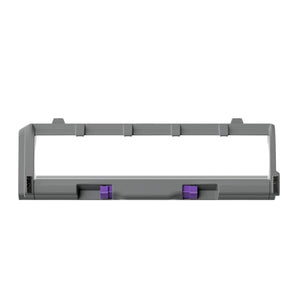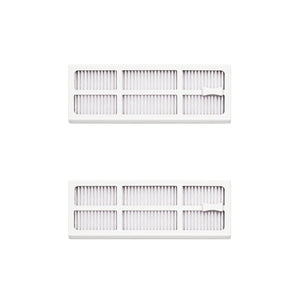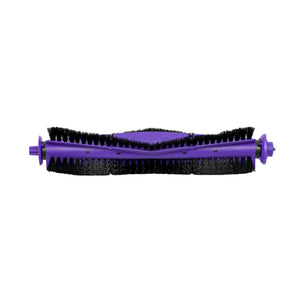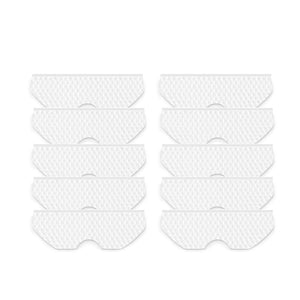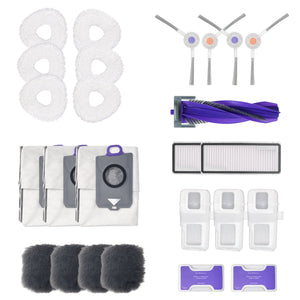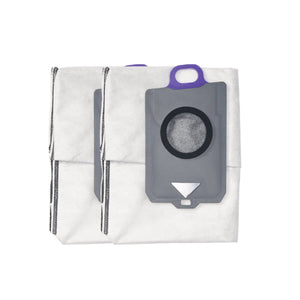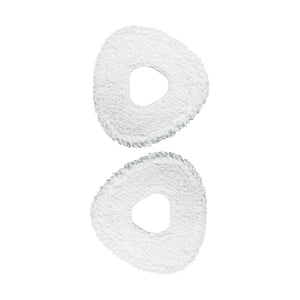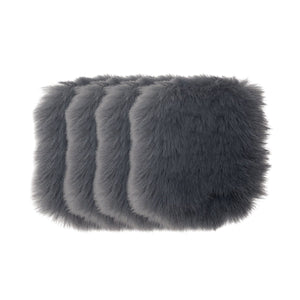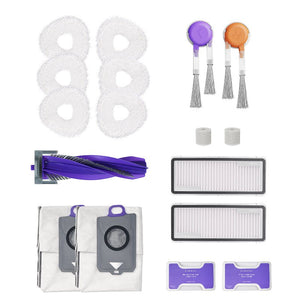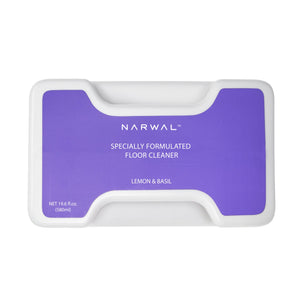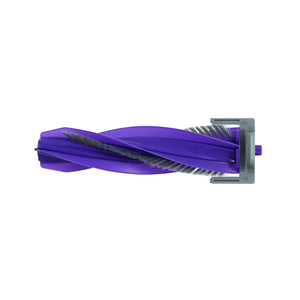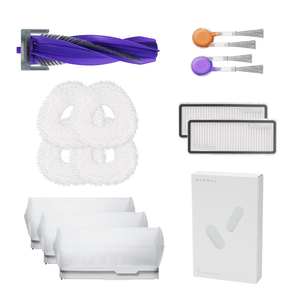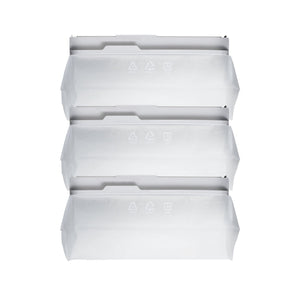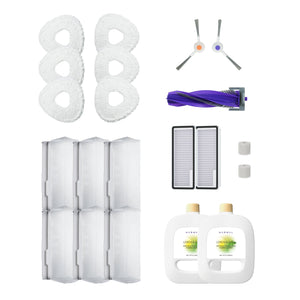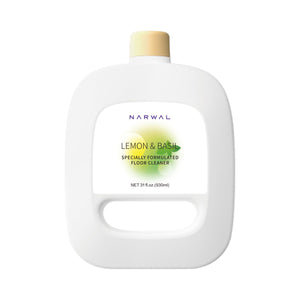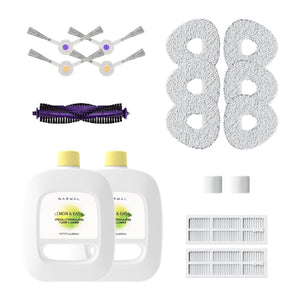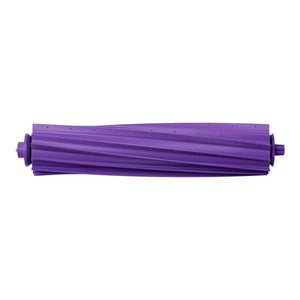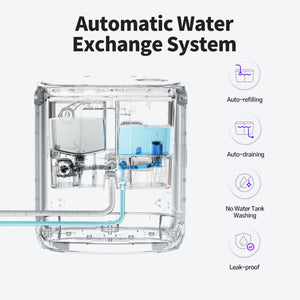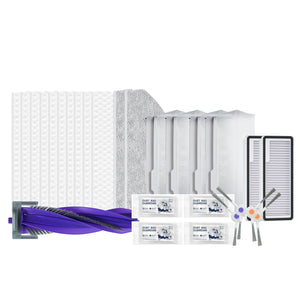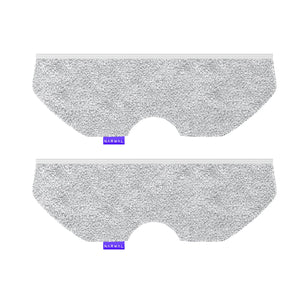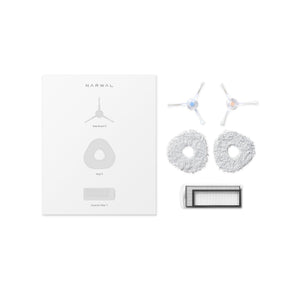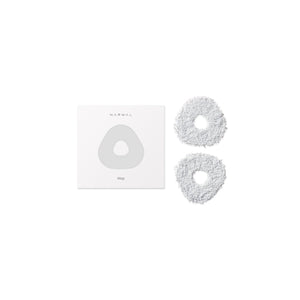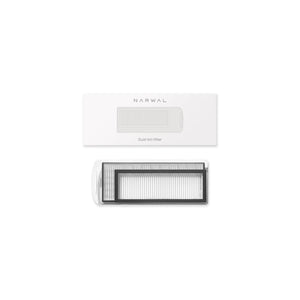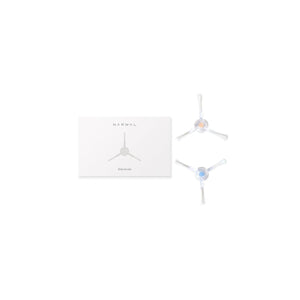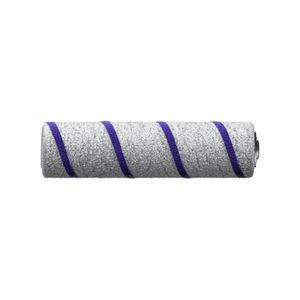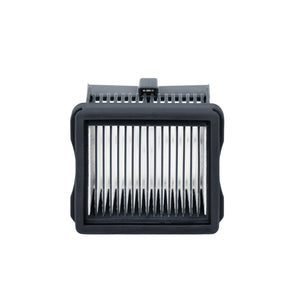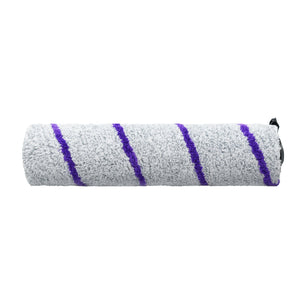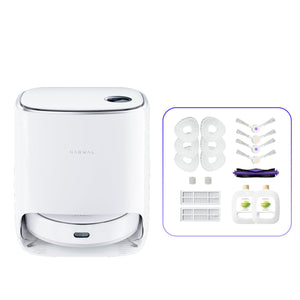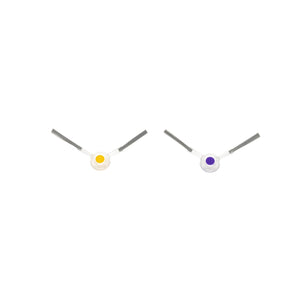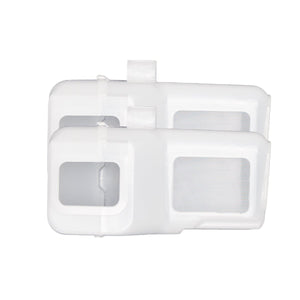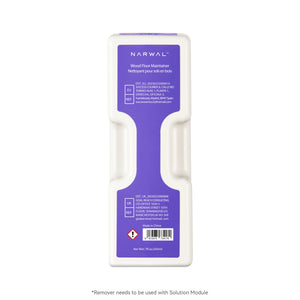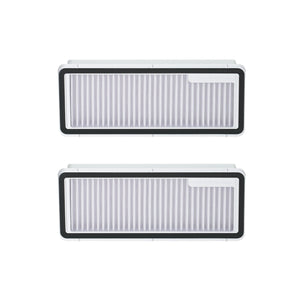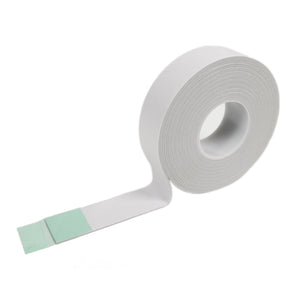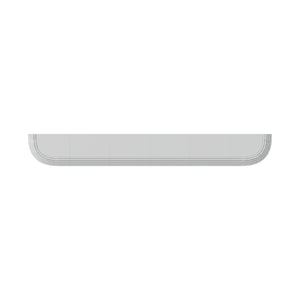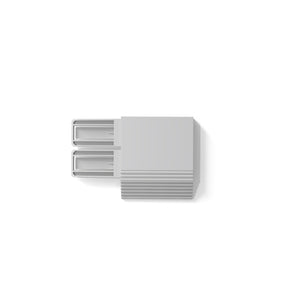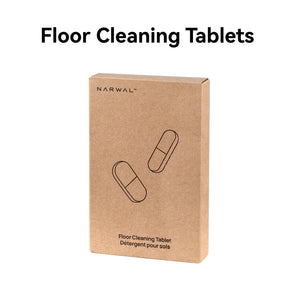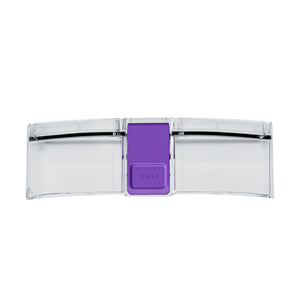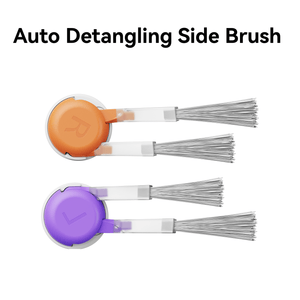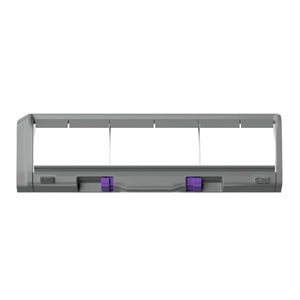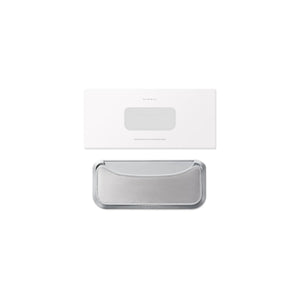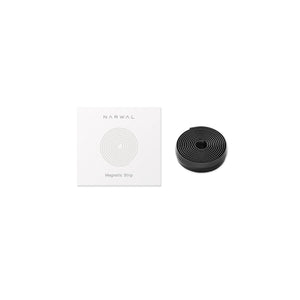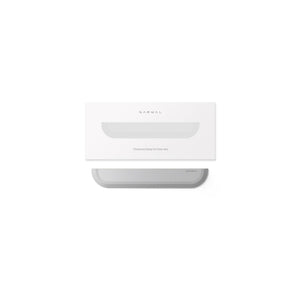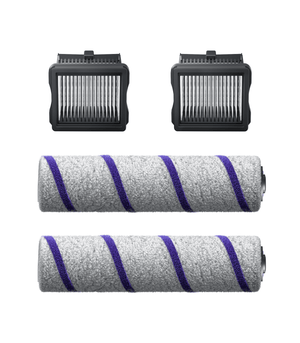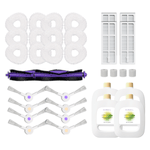Yes, robot vacuums are generally designed not to fall down stairs. With features like cliff sensors and advanced navigation systems, they can detect edges and avoid dangerous drops. However, while these technologies greatly reduce the risk, occasional falls can still happen due to malfunctions or tricky environments.
So, what can you do to keep your robot vacuum safe near stairs? We’ll dive into why these falls happen, from sensor failures to environmental challenges, and give you practical tips on preventing them. You’ll learn how to maintain your vacuum, set up virtual barriers, and even the latest tech that keeps your vacuum secure. Plus, we’ll share what to do if your vacuum does take a tumble, and recommend some models that are specifically designed to stay safe around stairs. Let’s make sure your robot vacuum cleans confidently, without the fear of falling.
Why Do Robot Vacuums Sometimes Fall Down Stairs?
From sensor malfunctions to environmental factors, several issues can cause the vacuum to miss detecting stairs or ledges. Let’s dive into the most common causes behind these unexpected tumbles.

Sensor Failures and Obstructions
Your robot vacuum uses cliff sensors to detect stairs and edges. These sensors rely on infrared or optical technology to measure distance. However, if they get blocked by dust, pet hair, or dirt, they might not detect a drop. This can cause your vacuum to keep moving and fall.
Environmental Factors
Shiny floors or dark surfaces can confuse the sensors, making it harder for the vacuum to detect edges. Poor lighting also affects some sensors, which rely on light to see distance. When these factors come into play, your vacuum might miss the stairs.
Navigation System Errors
Your vacuum’s navigation system is key to avoiding drops. But if there's a mapping error or a software glitch, the vacuum might fail to detect stairs and continue moving in the wrong direction.
Power Issues
If the battery is low, your vacuum may stop suddenly or move unpredictably. This can make it head toward stairs, and without enough power, it may not stop in time.
Software Glitches
Sometimes, a software glitch can cause the vacuum to misinterpret its surroundings, including the height of stairs or ledges. When this happens, it might fall because it doesn’t recognize the edge.
How to Prevent Your Robot Vacuum from Falling Down Stairs
To keep your robot vacuum safe, clean the cliff sensors regularly to ensure they work properly. Use the app to set virtual barriers or no-go zones near stairs. Physical barriers, like baby gates, add extra protection. Place the charging dock away from the edges to avoid accidental falls. Keep the software updated, and test the vacuum near stairs to ensure it’s navigating safely.

Clean and Maintain Cliff Sensors
To clean the sensors, turn off your vacuum and carefully flip it over. Use a dry microfiber cloth to wipe the sensors located at the bottom. Be sure to remove any dust, pet hair, or debris blocking them. Do this every two weeks, or more often if you have pets or your home collects a lot of dust.
Set Virtual Barriers or No-Go Zones
Open the app for your robot vacuum and go to the settings or map section. Select "No-Go Zones" or "Virtual Barriers." Drag the boundary lines to create a virtual fence around the stairs, preventing the vacuum from entering that area. Save the settings, and your vacuum will avoid the stairs during cleaning.
Place Physical Barriers Near Stairs
Install a baby gate at the top or bottom of the stairs. If you’re using magnetic strips, place them at the edges of the stairs to create a barrier. Simply attach the strips to the floor or along the wall. These will stop the vacuum from getting too close to the stairs. Make sure the barriers are stable and in place before starting the vacuum.
Place the Charging Dock Away from Stairs
Set up the charging dock at least 3-4 feet away from the stairs or any drop-offs. Choose a flat, open area where the vacuum can easily navigate to the dock. Ensure that the dock is not near any edge or step to avoid accidents when the vacuum returns.
Update Software and Firmware Regularly
Open your robot vacuum’s app and check for available updates in the settings section. If updates are available, tap “Download” or “Update” to install them. Updates may take a few minutes. Make sure the vacuum is fully charged before updating.
Test Near Stairs
Before letting your vacuum clean unsupervised, manually test it near the stairs. Place the vacuum close to the edge and observe how it reacts. It should stop, turn around, or back away from the stairs. If it doesn’t, check the cliff sensors and the app settings to adjust them as needed.
Advanced Technologies to Ensure Robot Vacuum Safety Near Stairs

Robot vacuums use several advanced technologies to safely navigate near stairs and avoid falls. These technologies include LiDAR, visual navigation systems, smart fall detection, real-time mapping, and low light mode. Let’s explore each of these in detail.
LiDAR and Visual Navigation Systems
LiDAR is a system that uses laser beams to scan and measure the distance between the vacuum and objects around it. It sends out light pulses, and by measuring how long it takes for them to bounce back, the vacuum can create a detailed map of the area. This helps the vacuum “see” obstacles, including stairs, and avoid them.
Visual navigation uses cameras to scan and map your home, just like the way we use our eyes to see. The vacuum’s cameras detect objects and edges, helping it understand where the walls, furniture, and stairs are. The system then plans its movements to avoid falling down stairs or running into obstacles.
Smart Fall Detection and Edge Detection Technology
Smart fall detection is a technology that uses multiple sensors to continuously monitor the environment for sudden changes in height, such as stairs. These sensors are placed at the bottom of the vacuum, and when they detect a drop-off, they trigger the vacuum to stop or turn away. This ensures the vacuum doesn’t fall down the stairs.
Edge detection is a part of this system. It helps the vacuum detect edges, ledges, and other drops in real time. When the vacuum senses an edge, it reacts instantly by stopping or changing direction, preventing it from falling.
Real-Time Mapping and Path Planning
Real-time mapping means the vacuum constantly updates a map of your home while it cleans. As it moves around, it builds and refreshes this map, using sensors to track where it has already been. This helps the vacuum understand which areas to avoid, like stairs or ledges.
Path planning is the way the vacuum figures out the best route to clean your home without hitting obstacles. When the vacuum detects a drop ahead, it recalculates its route in real-time, ensuring it steers clear of the stairs and other potential hazards.
Enhanced Vision for Low-Light Cleaning
Modern robot vacuums are designed to navigate safely even in dim or dark environments, thanks to advanced vision systems that go beyond traditional sensors. Instead of relying solely on ambient light, these vacuums combine AI-powered cameras, structured light, and LED illumination to "see" their surroundings clearly. This enhanced visibility allows them to detect edges, furniture, and stairs—even in pitch-black conditions—reducing the risk of accidents. So whether it's nighttime cleaning or maneuvering under low furniture, enhanced low-light vision ensures the vacuum stays aware and safely avoids falls.
What to Do if Your Robot Vacuum Falls Down the Stairs?
If your robot vacuum falls down the stairs, don’t panic. Start by checking for damage, then test its functions to see if it’s still working. If there are any issues, contact customer support for help and check your warranty for repair or replacement options. Here's what you should do step by step:

Immediately Check for Damage
Turn off the vacuum right away and inspect the outer body for cracks or broken parts. Make sure the wheels are still intact and check the cliff sensors for any misalignment. If there are any visible issues, the vacuum may need repairs.
Restart the Robot and Test Its Functionality
Once you’ve checked for visible damage, turn the vacuum back on and test basic functions like moving forward, turning, and cleaning. See if it reacts to obstacles or stops at edges as expected. If it fails to do so, it may need sensor or software fixes.
Contact Customer Support for Assistance
If the vacuum isn’t working properly, reach out to customer support for troubleshooting or repair options. Provide them with the details of the fall and any issues you noticed. They can help you with next steps, whether it’s getting a replacement or arranging for repairs.
Check Warranty and Repair Options
Check your vacuum’s warranty to see if falls are covered. If it’s still under warranty, you may be eligible for a free repair or replacement. If it’s out of warranty, contact authorized repair centers for repair quotes or replacement options.
Best Robot Vacuum and Mops That Won't Fall Down Stairs
When selecting a robot vacuum, it’s crucial to choose one with advanced navigation and fall prevention features. Let’s explore some top options that excel at keeping your vacuum safe from falling down stairs: the Narwal Freo Z10, Narwal Freo Z Ultra, and Narwal Freo Pro.
Narwal Freo Z10 Robot Vacuum & Mop
The Narwal Freo Z10 is equipped with a DualFlow Tangle-Free System that ensures effective cleaning without hair tangles. Thanks to its LiDAR navigation system, it maps your home accurately and avoids obstacles, including stairs. With Cliff Sensors built-in, this vacuum will stop and turn away when it detects a drop, ensuring it won't fall down stairs. The Intelligent DirtSense system automatically adjusts cleaning power based on the dirt level, providing a customized clean for your home.
[cta:narwal-freo-z10-robot-vacuum-mop]
Narwal Freo Z Ultra Robot Vacuum & Mop
The Narwal Freo Z Ultra features dual HD cameras and AI-powered navigation, allowing it to identify and avoid obstacles like stairs in real-time. It uses Lidar 4.0 Navigation to create a precise map of your space, preventing any falls. The vacuum's Real-Time Cleaning Decision feature detects dirt types and adjusts between suction or mopping, while its AI-based obstacle avoidance ensures it doesn't fall down stairs or into other dangerous areas.
[cta:narwal-freo-z-ultra-robot-vacuum-mop]
Narwal Freo Pro Robot Vacuum & Mop
The Narwal Freo Pro is another excellent option with Millimeter-Level Obstacle Avoidance and 3D structure light technology. It ensures that your vacuum knows when it’s approaching a drop-off, preventing accidents like falling down stairs. The dual-chip AI processes the environment and adapts cleaning power as needed, while the Certified Zero-Tangling Floating Roller Brush ensures it picks up pet hair without tangling. Its auto-lifting mop feature also ensures safe and effective cleaning when transitioning between floor types.
[cta:narwal-freo-pro-robot-vacuum-mop]
Futher Reading: Robot Vacuum Cleaner for Stairs
Can robot vacuums work effectively on carpets near stairs?
Yes, robot vacuums can work on carpets near stairs, but their performance depends on the carpet type. Low-pile carpets are easier for vacuums to clean, while high-pile or thick carpets may require more powerful suction.
What type of attachment is best for cleaning stairs with a robot vacuum?
Can’t use attachments directly on stairs. For stairs, a handheld vacuum with specialized attachments like a crevice tool or stair tool works best, as robot vacuums are typically not designed for stair cleaning.
Can a robot vacuum work upstairs and downstairs?
Yes, most robot vacuums can clean both upstairs and downstairs, as long as the stairs are blocked off with barriers or the vacuum has advanced navigation and cliff detection technology to prevent falls.
Ensuring Safe Cleaning with Robot Vacuums Near Stairs
Robot vacuums, equipped with cliff sensors and LiDAR navigation, are designed to avoid falling down stairs. While these technologies work well, occasional issues like blocked sensors or navigation errors can still happen. Regular maintenance and proper setup are key to keeping your vacuum safe and running smoothly.
Models like the Narwal Freo Z10, Narwal Freo Z Ultra, and Narwal Freo Pro come with advanced features to prevent falls while delivering powerful cleaning performance. Keep your vacuum in top shape, use the built-in safety features, and enjoy a clean, stress-free home—without worrying about stairs!















